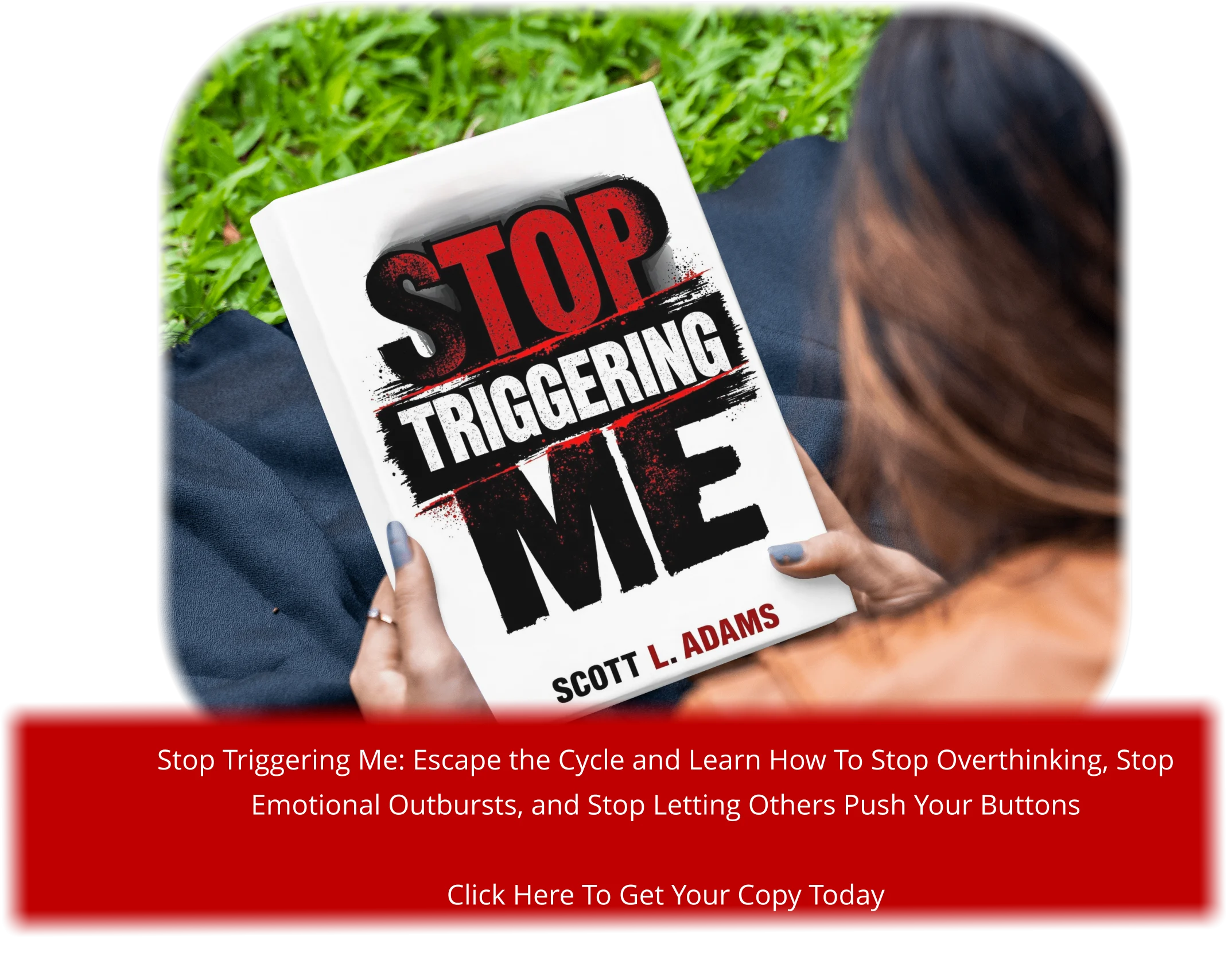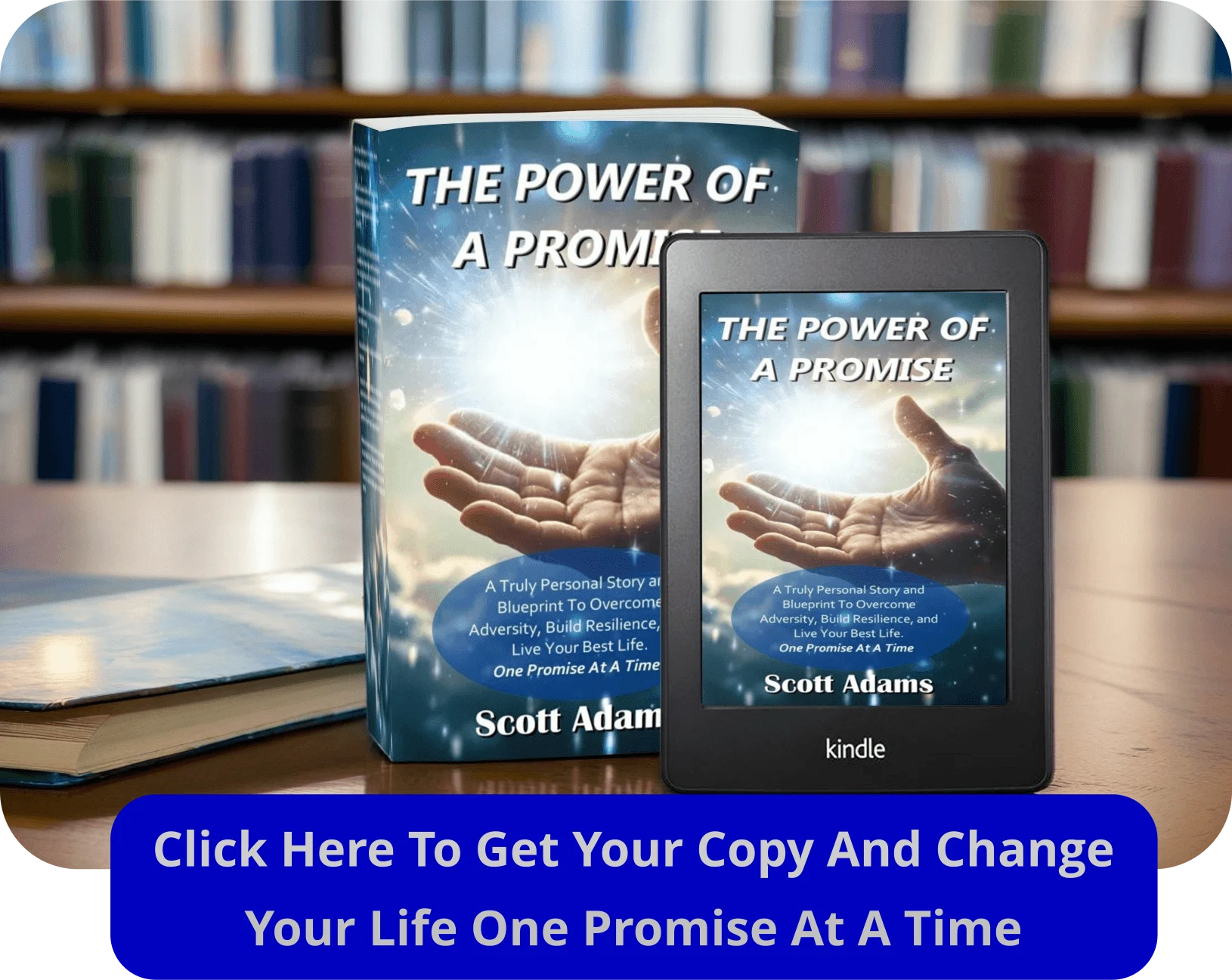Life can feel like a whirlwind sometimes. I remember a time when my mind was so cluttered with thoughts and feelings that it felt impossible to find peace. It was like being stuck in a storm, unsure of how to navigate through it. But I learned that finding calm isn’t about avoiding the storm—it’s about learning to dance in the rain.
Suppressing or over-attaching to emotions can lead to imbalance, much like a pressure cooker ready to burst. Instead, I discovered that acknowledging and navigating feelings consciously is the key to achieving balance. This guide is my way of sharing what worked for me, grounded in both personal experience and expert insights1.
Mental chaos is overwhelming, but it’s also a shared human experience. By practicing awareness and self-care, we can transform it into calm. This article will walk you through practical steps to help you regain control and find harmony in your life. Together, we’ll explore tools and strategies that make this journey not just manageable, but empowering.
Key Takeaways
- Mental chaos is common but can be transformed through awareness.
- Balance is about navigating feelings, not eliminating them.
- Suppressing emotions can lead to greater suffering1.
- Self-care and ongoing practice are essential for harmony.
- This guide combines personal experience with expert insights.
Understanding the Landscape of Mental Chaos
We’ve all experienced moments when our thoughts spiral out of control. It’s like being stuck in a loop, unable to break free. Mental chaos often arises when we ignore or suppress our emotions. Over time, these unacknowledged feelings build up, creating a storm inside us2.
Recognizing Common Emotional Triggers
Stress, anger, and unexpected events are some of the most common triggers for emotional turmoil. I’ve noticed that when I’m overwhelmed, even small things can set me off. It’s important to identify these triggers early. This awareness is the first step toward managing them effectively3.
The Impact of Suppressed Feelings on Daily Life
When we suppress our emotions, they don’t just disappear. Instead, they manifest in unexpected ways—like irritability, fatigue, or even physical pain. I’ve learned that acknowledging my feelings, no matter how uncomfortable, is crucial for my mental health4.
Take a moment to observe your emotional state. Are there patterns you notice? Writing them down can help you better understand and address recurring triggers. Remember, managing your emotions isn’t about eliminating them—it’s about navigating them with care and intention.
Emotional Balance: What It Means and Its Importance
Every person faces moments when emotions seem to take the wheel. It’s in these moments that understanding and managing feelings becomes essential. Emotional balance isn’t about avoiding sadness or fear—it’s about navigating them with clarity and purpose. It’s a skill that helps us stay grounded, even when life feels overwhelming.
Defining Emotional Balance in Modern Life
In today’s fast-paced world, emotional balance means being aware of your feelings without letting them control you. It’s about acknowledging sadness, fear, or joy and responding thoughtfully rather than reacting impulsively. Studies show that practicing self-reflection can improve emotional awareness, which is foundational for balance5.
For me, emotional balance became clearer during a time of intense stress. I noticed how my thoughts spiraled when I ignored my feelings. By naming those emotions—whether it was sadness or fear—I could process them more effectively. This practice helped me regain control and feel more centered.
The Role of Emotional Intelligence and Regulation
Emotional intelligence is the ability to understand and manage your emotions. It’s what allows a person to stay calm under pressure and make thoughtful decisions. Research indicates that emotional intelligence can improve workplace performance by 60%6. This skill is especially crucial in high-stakes situations, where clear thinking is essential.
Regulating emotions doesn’t mean suppressing them. Instead, it’s about recognizing when fear or sadness arises and choosing how to respond. For example, journaling has been shown to reduce anxiety by 20%, making it a powerful tool for emotional awareness6. By practicing mindfulness and self-care, you can build resilience and maintain balance even during challenging times.
Emotional balance is an ongoing practice, not a fixed state. It’s about embracing both positive and negative emotions as part of the human experience. When you approach your feelings with curiosity and care, you create a foundation for lasting well-being.
Step-by-Step Practices to Cultivate Balance
Navigating through overwhelming feelings can feel like untangling a knot. It’s not about rushing to fix everything but taking small, intentional steps. Over time, these steps can lead to a sense of calm and clarity. Here’s how I’ve learned to manage my feelings and create space for peace.
Becoming Aware of Your Emotions
The first step is noticing your feelings as they arise. I started by checking in with myself throughout the day. Simple questions like “How am I feeling right now?” helped me stay connected to my emotions. Research shows that mindfulness practices can improve emotional awareness, which is key to managing stress7.
Journaling became a powerful tool for me. Writing down my thoughts helped me identify patterns and triggers. Studies suggest that daily journaling can significantly improve emotional regulation8. It’s a practice that takes time but yields lasting results.
Techniques for Naming and Expressing Feelings
Once you’re aware of your feelings, the next step is naming them. I found that simple self-statements like “I’m feeling anxious” created space for a thoughtful response. This practice is rooted in emotional intelligence, which helps us navigate feelings with clarity9.
Expressing feelings safely is also important. Talking to a trusted friend or writing in a journal can help. I’ve learned that suppressing emotions only leads to greater stress and imbalance8. Instead, acknowledging them allows for healthier processing.
Mindful Strategies for Distress Tolerance
When emotions feel overwhelming, mindfulness can be a lifeline. I practice deep breathing exercises to ground myself in the moment. Research shows that mindfulness meditation reduces anxiety and improves emotional regulation7.
Another strategy I use is body scan meditation. It helps me tune into physical sensations and release tension. Studies indicate that structured mindfulness exercises, practiced daily, can lead to lasting emotional balance7.
These steps require commitment, but even small, consistent efforts can make a big difference. Over time, I’ve found that these practices not only help me manage stress but also build resilience for the future.
Building Self-Care Routines for Emotional Health
Taking care of yourself isn’t just a luxury—it’s a necessity for a healthier mind and body. I’ve learned that self-care is a way to manage stress and create a foundation for emotional well-being. It’s not about grand gestures but small, consistent practices that add up over time.
Implementing Daily Rituals and Self-Care Practices
When I started prioritizing self-care, I began with simple routines. A morning ritual of stretching and journaling helped me set a positive tone for the day. Eating nutritious food also played a big role in how I felt physically and mentally10.
Recognizing stress triggers was another game-changer. I created a personal way to manage them, like taking short breaks to breathe deeply or stepping outside for fresh air. These small acts of care made a big difference in my daily life11.
Nurturing relationships is another key part of self-care. Spending time with loved ones or connecting with a supportive community can boost your mood and resilience. For me, talking to a trusted friend or seeking help from a therapist provided the emotional support I needed12.
“Self-care is not selfish. You cannot serve from an empty vessel.”
If you’re a parent or caring for a child, self-care becomes even more essential. Simple daily rituals, like a quiet moment with a cup of tea or a short walk, can help you recharge. These practices not only benefit you but also improve your relationships with those around you10.
Building self-care routines takes time, but the impact is transformative. It’s about finding what works for you and making it a priority. Remember, self-care isn’t indulgent—it’s essential work for your mental and emotional health.
Long-Term Strategies for Sustaining Emotional Well-Being
Sustaining emotional well-being is a journey, not a destination. It’s about creating habits that support your mental health over time. I’ve learned that small, consistent actions can lead to significant changes. Here’s how I’ve approached this process and what’s worked for me.
Tracking Progress and Adjusting Your Approach
One of the most helpful things I’ve done is track my progress. I keep a journal where I note how I’m feeling and what’s influencing my mood. This helps me identify patterns and understand the reason behind certain emotions. For example, I noticed that I feel more stressed during busy work periods. Recognizing this allowed me to adjust my routine and add more breaks13.
It’s also important to be flexible. If something isn’t working, I try a different approach. Research shows that mindfulness practices can improve emotional awareness, which is key to managing stress13. I’ve found that even small changes, like taking a walk or practicing deep breathing, can make a big difference.
Knowing When to Seek Professional Help
There are moments when the pressure feels overwhelming, and that’s okay. I’ve learned that seeking professional help is a sign of strength, not weakness. Therapy has been a game-changer for me. It’s provided a safe space to explore my feelings and develop coping strategies14.
If you’re in a situation where you feel stuck, don’t hesitate to reach out. Studies show that social support is crucial for stress relief, and professional guidance can be a vital part of that13. Remember, maintaining emotional well-being is an evolving process. It requires self-compassion and the willingness to adapt.
“Healing takes time, and asking for help is a courageous step.”
By tracking your progress, adjusting your approach, and knowing when to seek help, you can build a foundation for lasting emotional well-being. It’s not about perfection—it’s about progress.
Conclusion
Finding calm in life’s chaos is a journey we all share. This guide has walked you through practical steps to navigate feelings, build self-care routines, and embrace mindfulness. Remember, small changes—like journaling or deep breathing—can have a significant effect over time15.
Life is a university of lessons, teaching us in bits and pieces. Finding your place and running with new ideas is part of the process. You don’t need perfection—just a bit of effort to start making a difference16.
Many persons feel overwhelmed, but you’re not alone. By investing an amount of time in understanding yourself, you can move from chaos to calm. Take the first step today—your journey to well-being is worth it.







